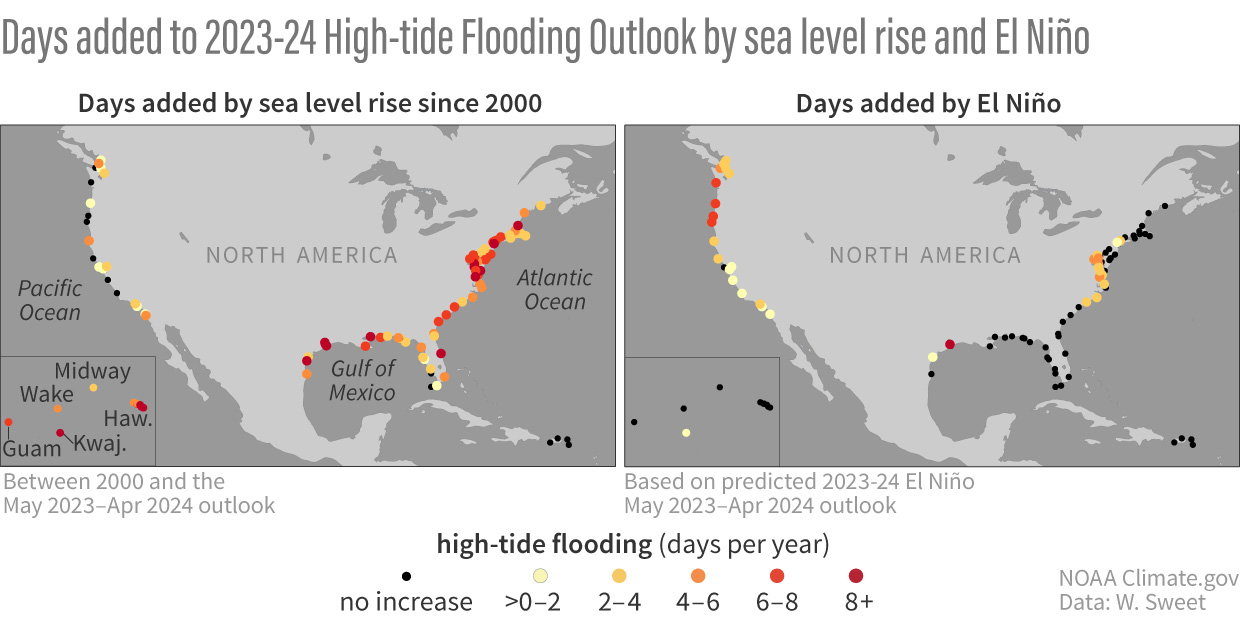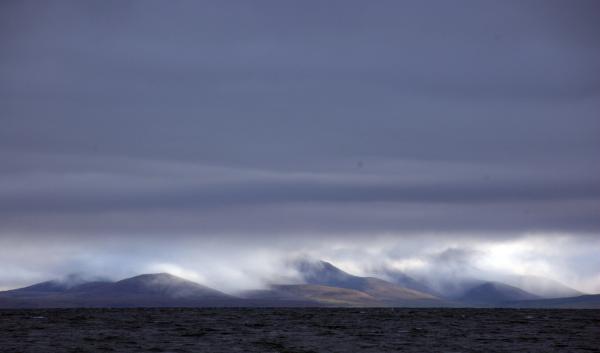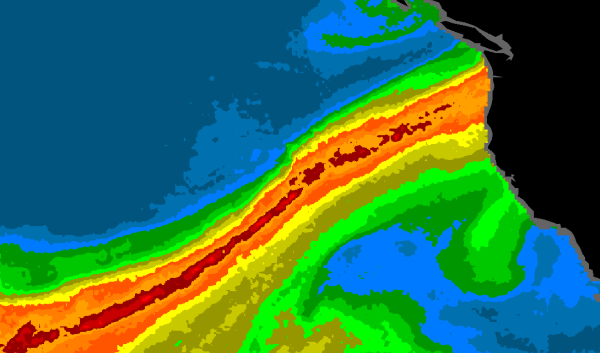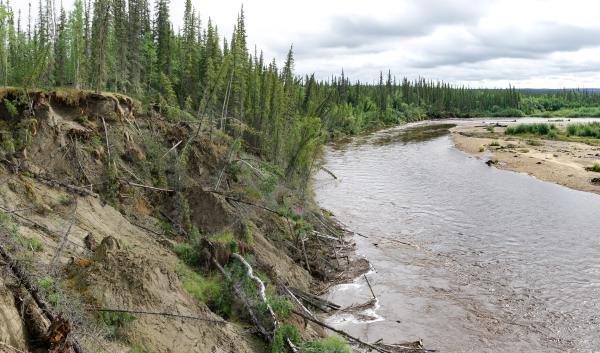Estimated reading time: 4 minutes
In early June 2023, the National Oceanic and Atmospheric Administration’s (NOAA) Climate Prediction Center declared that an El Niño pattern emerged over the Pacific. Though El Niño conditions are normally subtle in the summer months in the Northwest, NOAA predicts a 95% chance that El Niño will continue through winter 2023-24. Weather patterns throughout Alaska, Idaho, Oregon, and Washington are affected by El Niño, particularly in the winter season.
What is El Niño?
El Niño is the naturally occurring warm phase of the El Niño-Southern Oscillation (ENSO), a climate pattern in the Pacific Ocean. It is marked by warmer-than-average sea surface temperatures in the central and eastern Pacific Ocean near the equator. On average, El Niño occurs every 2-7 years, and can last from a few months to a year. La Niña, alternatively, is the cool phase of ENSO.
During El Niño, the trade winds that normally blow east to west over the Pacific Ocean weaken or even reverse direction along the equator, allowing warm water to build up in the eastern Pacific. As this occurs, rainfall increases over the central and eastern Pacific and decreases over Indonesia. As El Niño heats the water and atmosphere above the central and eastern Pacific, the jet stream intensifies and shifts southward, affecting weather patterns throughout North America. For example, in an El Niño winter, an extended North Pacific jet stream tends to bring cooler temperatures and more storms across the southern U.S., and warmer, drier weather to the northern U.S.
How does El Niño affect the Northwest?
In the Northwest, the impacts of El Niño show up mostly in the winter and affect Alaska differently than Idaho, Oregon, and Washington. In Idaho, Oregon, and Washington, fall and winter are usually warmer and drier during El Niño events. In Alaska, the phenomenon is typically marked by drier winters and wetter falls. Alaskans are likely to see slightly higher temperatures in fall and winter, and more fall storms, especially around the Gulf of Alaska. Though El Niño increases the chance of these weather patterns occurring, many other factors affect weather and climate in the Northwest, so the typical effects are not a certainty.
El Niño can also contribute to drought, wildfire, changes to marine productivity and salmon populations, and shoreline erosion. In, Idaho, Oregon, and Washington, a drier, warmer winter results in less precipitation overall and more precipitation falling as rain than snow. These impacts can lead to decreased runoff and summer water availability which can contribute to drought and increased wildfire risk. Larger waves and higher sea levels can also affect the coasts of Oregon and Washington. These impacts can lead to increased shoreline erosion, as they did during the 2015-16 El Niño event.

Past events have also been associated with marine heatwaves, which can affect fisheries in Oregon, Washington, and Alaska. When a marine heatwave hits, cold-water species tend to move northward or deeper to find cold water. This has implications for the marine food chain, from plankton to top predators, including commercially-important species. Marine heatwaves can also produce harmful algal blooms, which can lead to increases in paralytic shellfish poisoning, among other impacts. In one example, the 1983 El Niño affected the distribution and survival of salmon and other fish. In summer 2023, a large marine heatwave occurred off the Gulf Coast of Alaska and the coasts of Oregon and Washington. The heatwave is liable to be maintained by the present El Niño into 2024; regional oceanographers are keeping track of how it is playing out.
In Oregon and Washington, less snowmelt and runoff during El Niño often adversely impact freshwater habitats and lead to salmon fishery declines. The growth and survival of juvenile salmon and steelhead are also affected by warm ocean temperatures. When marine heatwaves last into the summer season, they can also impact older salmon. In Alaska, however, salmon can sometimes benefit from the wetter falls and springs that El Niño can bring.
How can climate change interact with El Niño?

Climate change is leading to rising temperatures and changing precipitation patterns throughout the Northwest. The interaction between climate change and El Niño is not completely understood, but El Niño could temporarily exacerbate the warming effects of climate change and contribute to events like droughts, wildfires, and marine heat waves. Moreover, it is uncertain how climate change will impact the ENSO cycle itself. The global climate models used for decadal projections are inconsistent in terms of their projections of the tendency for El Niño versus La Niña, and for strength of the ENSO cycle. As a consequence, there is the possibility of more frequent and severe events of either type, with implications for the Northwest.
Time will tell how this particular ENSO cycle affects the Northwest. However, Idaho, Oregon, and Washington can expect warmer, drier conditions than a typical winter, whereas Alaska can expect a warmer, stormier fall and a warmer, drier winter. Regardless of the effects of climate change on the ENSO cycle, increases in temperature and changes in the seasonal timing of precipitation are likely to manifest in future climate and weather patterns in the Northwest.




